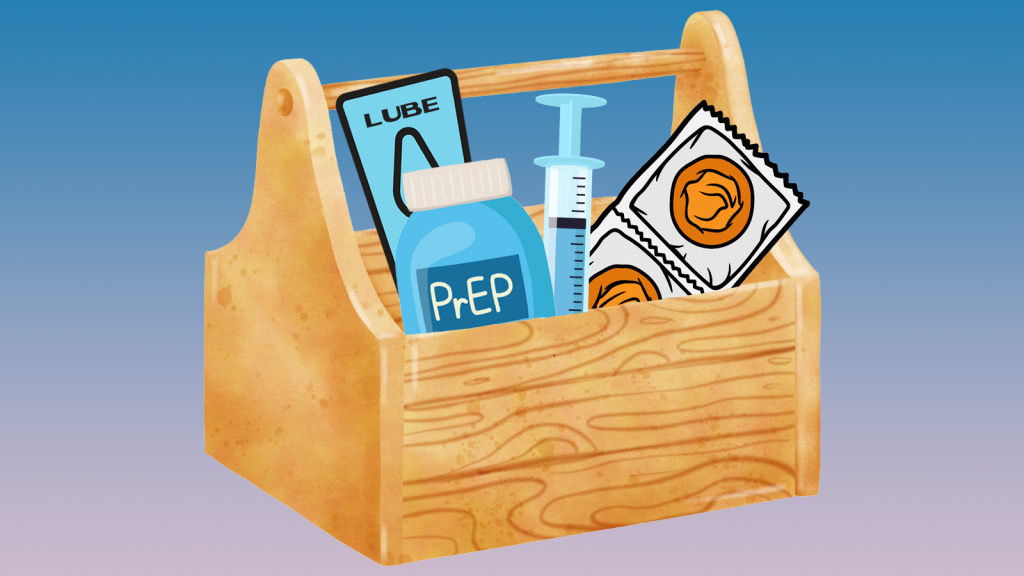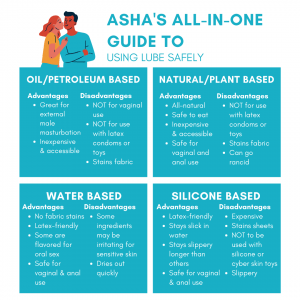
What Is Sexual Health?
Sexual health is the ability to embrace and enjoy our sexuality throughout our lives. It is an important part of our physical and emotional health. Learn more about what being sexually healthy means.

Being sexual can provide many physical, emotional and spiritual benefits, including physical fitness, emotional bonding, and a feeling of spiritual connection. Here we will examine some of the things you can do to enjoy the benefits important to you while decreasing your chance of contracting an STI, having an unintended pregnancy, or being coerced into sexual activity.
It’s not possible to make an accurate, generalized statement about the “ideal” number of partners or the “best” choices to make about condoms or other barriers. There may be no “best” way for everyone, but there probably are some choices that will work better for you and your partner(s) than others.
When deciding on their boundaries, people may consider such things as religious beliefs, cultural standards, personal desires and comfort levels, the type of relationship in which one is involved, the level of trust, communication and commitment within a relationship, the physical, emotional, spiritual benefits of sexual choices, the physical, emotional and spiritual risks of particular sexual choices, and the emotional perceptions of actual physical risks.
Once you have decided on your own “safer sex” boundaries, you will need to gather the tools you will need to stick to your decisions. Some of the most common “tools” are included below.
Currently, condoms are the only widely available, proven method for preventing both pregnancy and STIs. Condoms are effective when people use them correctly and consistently—meaning, every time you have sex. Below are some condom options.
In addition to lube reducing tears in the skin, condoms work better and are less likely to tear when you use lube. Lube can also make oral sex with a barrier more enjoyable for a person with a vagina receiving it.
Vaginas self-lubricate when a person with a vagina is turned on, but many factors may reduce lubrication: alcohol or other drugs (including hormonal birth control, stimulants, antihistamines, antidepressants, chemotherapy), monthly hormonal changes, peri-menopause, menopause, breastfeeding, a history of sexual assault, and other psychological and physical factors. Some people may want extra lubrication on the vulva and clitoris during sex, as lubrication from the vagina often does not reach these external areas.
 The anus does not self-lubricate, and you always need to use a lubricant to prevent the very fragile skin of the anus from tearing during anal play or intercourse. Most people like an anal lubricant thicker than those used for vaginal sex.
The anus does not self-lubricate, and you always need to use a lubricant to prevent the very fragile skin of the anus from tearing during anal play or intercourse. Most people like an anal lubricant thicker than those used for vaginal sex.
NOTE: Avoid any lubricant with lidocaine or benzocaine, which dull the body’s natural defense (pain), which lets you know when something is wrong, including tearing of the skin.
Below are types of lubricants you might choose, with advantages and disadvantages of each.
Includes such lubricants as Vaseline and baby oil.
AdvantagesIncludes coconut, grapeseed, apricot, jojoba, olive oils; Crisco
Advantagesa.k.a. cling wrap, Saran Wrap, etc. Use a non-microwavable type.
AdvantagesSharing sex toys (like vibrators, for example) can be risky if they have vaginal fluids, blood, or feces on them. Sharing sex toys without cleaning them or using a condom can potentially expose a person to STIs.
The safest practice is not to share sex toys. If sex toys are shared, a condom should be used. With toys that can be inserted into the vagina or anus, a person may put a condom onto the toy. For shared toys in which the penis is inserted, a condom may be worn. It is important to change the condom before another person uses the toy so that any body fluids or infectious organisms on the sex toy are not passed on to the partner. It is also important to change the condom when moving from the anus to the vagina to prevent possible infection.
When cleaning sex toys, look to see what the manufacturer’s instructions recommend. Some may be best cleaned with soap and water, while certain types of may be made from materials, such as silicone, that are dishwasher safe.
PrEP stands for pre-exposure prophylaxis. The word prophylaxis means to prevent or control the spread of an infection or disease. PrEP involves taking medication to prevent HIV infection—either via a pill or a shot.
PrEP is for people without HIV who may be exposed to HIV through sex or injection drug use.
Doxy PEP stands for doxycycline post-exposure prophylaxis. It is a prevention strategy that involves taking the antibiotic doxycycline after condomless oral or anal sex to prevent chlamydia, gonorrhea, or syphilis.
Doxy PEP is intended for adult men who have sex with men and transgender women who have sex with men, especially those who have had an STI in the last year. Health care providers may also suggest it to people in this community who have more than one partner.
One important prevention tool against sexually transmitted infections is vaccination. Currently, vaccines are available to protect against infection with HPV, hepatitis A and hepatitis B, and mpox.

Sexual health is the ability to embrace and enjoy our sexuality throughout our lives. It is an important part of our physical and emotional health. Learn more about what being sexually healthy means.

Does your child feel it’s okay to talk with you about sex and sexual health? If not, have you thought about who will answer your child’s questions? Only you can tell your child that it’s okay to ask you questions. You want to become askable!

Sexual anatomy typically refers to the both the external sexual organs, like the vulva and penis, and the internal organs involved in reproduction, like the uterus and seminal vesicle. Learn about this part of the body and how it works.

The words sex and gender are sometimes used interchangeably, but they actually mean different things. Sex and gender may seem complicated, but it’s all pretty simple. Neither biological sex nor gender breaks down to just male/female.

In this essay, certified sexuality counselor Evelyn Resh reflects on how our sex lives and perceptions of pleasure change over time.

Featuring interviews with medical professionals and experts in the field of sexuality, ASHA’s Sex+Health podcast aims to offer information and resources to with the goal of helping people take charge of their sexual health.

The number one complaint of women that I see for sexuality counseling is that they have no libido – zip, gone, disappeared. Contrary to what many of us assume, this happens to women of all ages and levels of love, attachment, and attraction to their

A new paper suggests that there are biological and evolutionary reasons that we masturbate and looks to our ape ancestors for evidence. There is evidence starting around 40 million years ago that the ancestors of all monkeys and apes did indeed masturbate.
ASHA believes that all people have the right to the information and services that will help them to have optimum sexual health. We envision a time when stigma is no longer associated with sexual health and our nation is united in its belief that sexuality is a normal, healthy, and positive aspect of human life.
ABOUT
GET INVOLVED
ASHA WEBSITES
GET HELP
© 2025 American Sexual Health Association